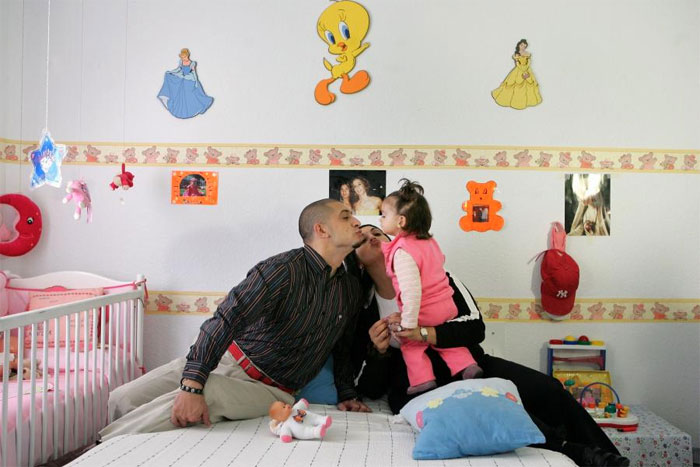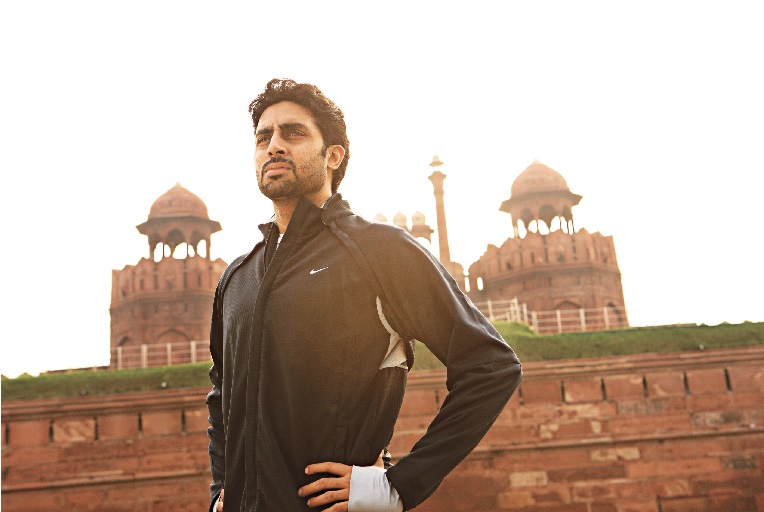According to the Institute for Criminal Policy Research, over 10.35 million individuals are being held in penal institutions throughout the world, either as pre-trial detainees/remand prisoners or having been convicted and sentenced.
The United States has 698 inmates for every 100,000 citizens while Denmark has 61. And there are more differences, too. A prisoner in one place might have access to musical instruments and video games but might be fighting over a roll of toilet paper in another.
collected photos of cells from all over to show how different countries treat their criminals and the contrast is eye-opening
Aranjuez Prison, Spain
With Disney characters on the walls, a nursery, and a playground, Spain’s Aranjuez Prison lets parents and children stay with their incarcerated family members. the goal is to prevent kids from realizing, as long as possible, that a parent is behind bars
Luzira Prison, Uganda
Learning is encouraged, with many men learning and teaching carpentry skills to others. The guard to prisoner ration in Luzira is about 1:35, compared to 1:15 in the UK. Aggression among inmates is the exception and not the rule. The recidivism rate in Luzira is less than 30 percent, compared with 46 percent in the UK and 76 percent in the United States. In Luzira, inmates are assigned more responsibility that would be in similar prisons in the United Kingdom or the USA
Bastøy Prison, Norway
The prison uses the whole island, but the northern part with the beach Nordbukta is defined as open to the public. The prison is organized as a small local community with about 80 buildings, roads, beach zones, cultural landscape, football field, agricultural land, and forest. In addition to the prison functions, there is a shop, library, information office, health services, church, school, NAV (government social services), dock, ferry service (with its own shipping agency) and a lighthouse with facilities to let for smaller meetings and seminars. Bastøy prison is the largest low-security prison in Norway. The prison is located at Bastøy island in the Oslo Fiord, belonging to Horten municipality
San Diego Women’s Prison, Colombia
25 of the nearly 180 inmates housed here were selected as part of a program looking to help women near the end of their sentences transition back into society. Women at this low-security prison are serving time for crimes such as theft, drug trafficking and extortion.
Halden Prison, Halden, Norway
It was established in 2010 with a focus on rehabilitation; its design simulates life outside the prison. Among other activities, sports and music are available to the prisoners, who interact with the unarmed staff to create a sense of community. Praised for its humane conditions, Halden Prison has received the Arnstein Arneberg Award for its interior design in 2010 and been the subject of a documentary but has also received criticism for being too liberal.
Norgerhaven prison in Veenhuizen, Netherlands
Inmates have a bed, furniture, a refrigerator, and a TV in their cells, as well as a private bathroom. The crime rates in the Netherlands are so low, that they faced an “undercrowding” crisis. To solve this “problem”, the country struck a deal with Norway in 2015, to take on their prison overflow. Now part of Norwegian inmates serves their sentences in Norgerhaven.
Onomichi Prison, Japan.
Inmates have access to handrails, soft food, and spend their working hour’s knitting and sewing
HMP Addiewell, Scotland
This prison is a fundamental element of the rehabilitation process. where residents can address their offending behavior and the circumstances which led to their imprisonment through Purposeful Activity. Purposeful activities include education, counseling and work.
Black Dolphin Prison, Russia
Black Dolphin houses the most brutal criminals, including serial killers, cannibals, and terrorists. A prison lieutenant told National Geographic, which did a documentary on the facility, that the only way to escape is by dying. If you combine all the crimes of the inmates, they have killed about 3,500 people. That’s an average of five murders per inmate, they share small 50-square-foot cells that are set back behind three sets of steel doors. Inmates live in a “cell within a cell”, with 24-hour surveillance
Champ-Dollan prison, Switzerland
The numbers of inmates are constantly increasing, which has lead to a chronic problem of overcrowding. 115 different nationalities were represented in the prison in 2010 with just 7.2% Swiss















